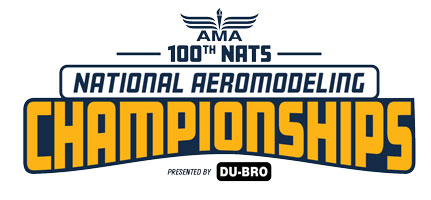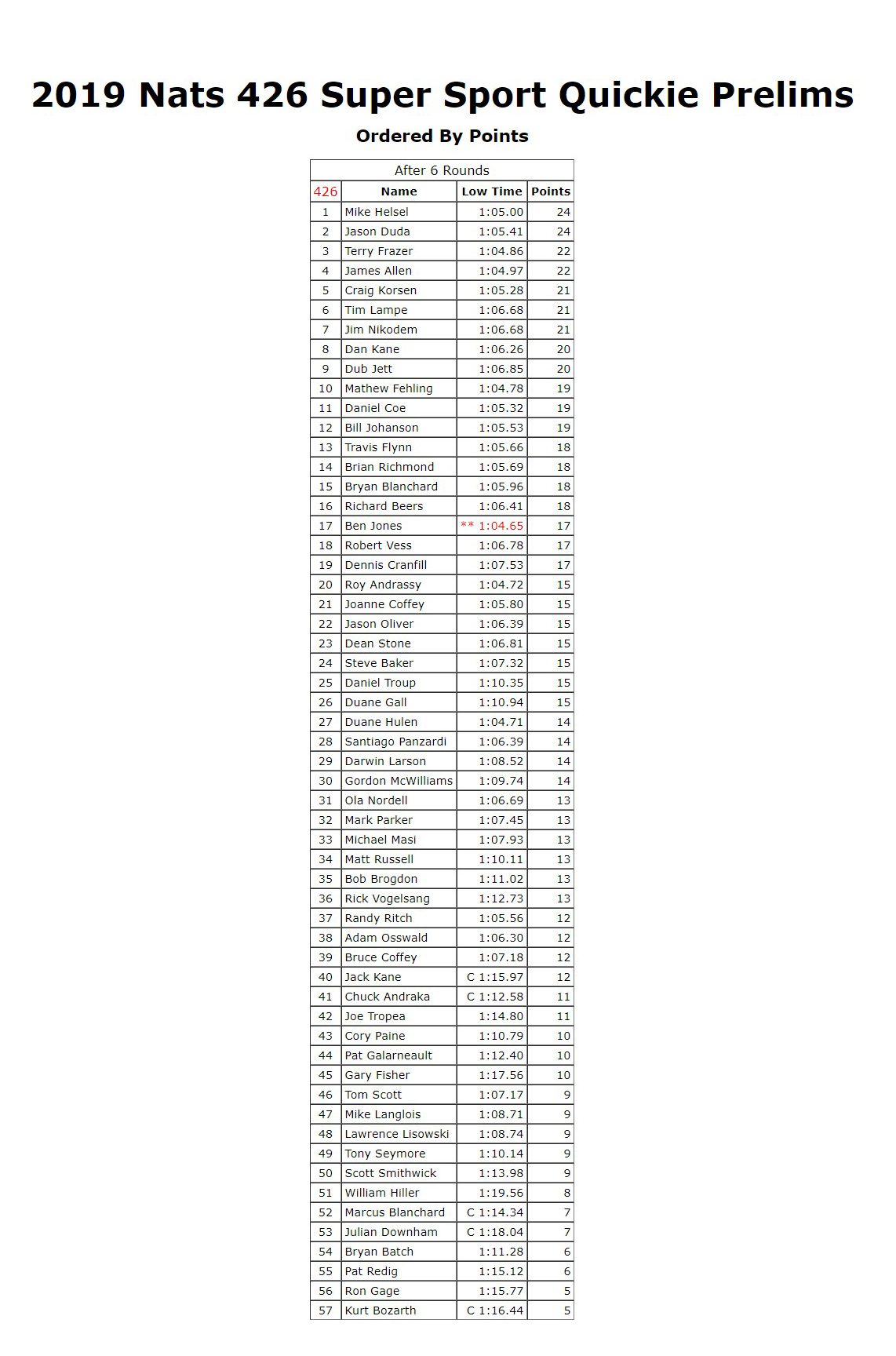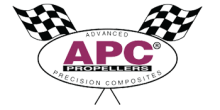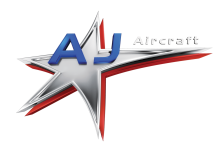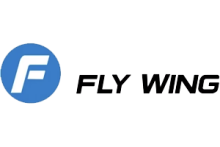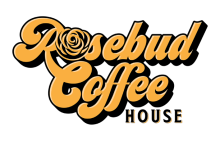
By Santiago Panzardi and Dan Kane
As the week heated up, the weather moved in. There were storms all around and rain soaked the field.
AMA 426 Super Sport Q-500 is spec class racing with only one approved engine. That is a Dub Jett Super Sport Quickee engine. There are many different airplanes available for this class, most being of the composite wing variety. The most popular design seems to be the Vortex built by Chuck Bridge, with the next being the R-200 made and sold by Randy Etken of Minnesota.
One non-composite design, however, is still winning its fair share of heats, the Quik-V6. Jim Allen has proven once again that a foam wing in the skillful hands of a master can’t be beat. That is unless Mike Helsel has anything to say about it. Mike had already won the first two events of the 2019 Pylon Nats and was looking to add his third.
This year for qualifying, Mike Condon and Chuck Andraka decided to try a single matrix. They decided to fly eight rounds of qualifying and five rounds of finals. The top 26 in qualifying advanced to the finals and two wildcards were also allowed to compete. The two wild cards were the 27th place and the next fastest time outside of the top 27. The two people that benefitted from the wild card this year were Duane Hulen and Randy Ritch.
Using a single matrix for the qualifying rounds allowed for some decent time between heats. Pilots weren’t pushed for time to prepare their models for the next heat due to calling duties or the rotation of the matrix. This was a very positive and welcome change by many.
The qualifying rounds saw pilots competing right up to the very end, which was also a welcome change. In years past, pilots would pack up or not participate on day two of qualifying because they didn’t have a chance to make the finals. The results of qualifying are listed below. Qualifying took place over two days of competition.
Notice that Mike Helsel had won the qualifying round. Well, could it be that was he on track to win another event? Maybe … Mike did win the “winner take all pot of cash” though. All of the pilots threw $5 into a bucket, raising $210 for the winner.
The finals consisted of the 28 qualifiers flying in five rounds. A racehorse start is used for the finals instead of the normal 1-3, 2-4 starting sequence used for qualifying. This caused some mishaps on takeoff, but it is the preferred method for starting.
Looking at the times for the pilots in the finals, it was anyone’s for the taking. Only seconds separated the pilots. The pace quickened, the intensity ramped up, and the finals got underway.
With four plane heats and seven heats to a round, it made for some quick turnaround, especially if you were flying or calling in three or four heats in the finals. On top of everything else, the heat was starting to take its toll. It was definitely a grind at that point.
Heading into the final round, the winner had not been decided. Jim Allen and Mike Helsel were 1 point down. Mike flew the in 3rd heat of the round and Jim flew in the very last heat of the contest. The drama continued. There was a refly in the heat between Bryan Blanchard, Jason Duda, Duane Hulen, and Mike Helsel. Who would win? Jim won his last heat, finishing only one point down. All eyes were on the refly. It was an all-out battle.
In the end, Mike dropped a point in the refly and Jim Allen won the 2019 Nats with an ARF, foam wing, Monokote-covered airplane. To add insult to injury, he took the fast time award as well. It was a blistering 1:01.58 in the Muncie heat. This is nothing to shake a stick at. On top of all of that, Jim used two different callers: Tim Lampe who just called for Mike Helsel while recording his two titles, and Dan Kane for the finals. Congrats Jim.
 Julian Downham and Geb Jones (Ben Jones’ father) came all the way from the U.K. to compete at the Nats. Ben now lives in the Washington, D.C., area with his family. Ben is a former British national champion and an international F3D participant.
Julian Downham and Geb Jones (Ben Jones’ father) came all the way from the U.K. to compete at the Nats. Ben now lives in the Washington, D.C., area with his family. Ben is a former British national champion and an international F3D participant.
 Joanne Coffey (California) was our only female competitor this year. She is extremely talented. Joanne can, and will, lay the smack down on anyone she races.
Joanne Coffey (California) was our only female competitor this year. She is extremely talented. Joanne can, and will, lay the smack down on anyone she races.
 Dean Stone (North Carolina) making airplane noises and mental notes of what to do to prevent removing the tips of his propeller on takeoff. Varoom, varoom.
Dean Stone (North Carolina) making airplane noises and mental notes of what to do to prevent removing the tips of his propeller on takeoff. Varoom, varoom.
 Richard and Edie Oliver take a quick trip over to the Pylon site to see some friends. Richard was competing in Control Line Stunt.
Richard and Edie Oliver take a quick trip over to the Pylon site to see some friends. Richard was competing in Control Line Stunt.
 The Minnesota crew of Pat Galarneault, Pat Redig, and Ron Gage with Santiago Panzardi from Ohio, waiting for the trailer to arrive for the next heat.
The Minnesota crew of Pat Galarneault, Pat Redig, and Ron Gage with Santiago Panzardi from Ohio, waiting for the trailer to arrive for the next heat.
 Joe Tropea doing his best to make his leg go straight before starting his airplane. Almost there, Joe.
Joe Tropea doing his best to make his leg go straight before starting his airplane. Almost there, Joe.
 The trailer loading up for the next heat. Transportation to and from the flightline helps keep the event moving along.
The trailer loading up for the next heat. Transportation to and from the flightline helps keep the event moving along.
 Jack and Joni Fehling on-site to support their son Matt. Jack gave us a scare during the Nats and had to spend some time at an Indianapolis hospital. We are happy to report that he is doing well.
Jack and Joni Fehling on-site to support their son Matt. Jack gave us a scare during the Nats and had to spend some time at an Indianapolis hospital. We are happy to report that he is doing well.
 The legend, Brian Richmond, made his return to the Nats. He is one of the very best pilots in the history of our events. He ran into some hard luck this year, but his skill is a sight to be seen.
The legend, Brian Richmond, made his return to the Nats. He is one of the very best pilots in the history of our events. He ran into some hard luck this year, but his skill is a sight to be seen.
